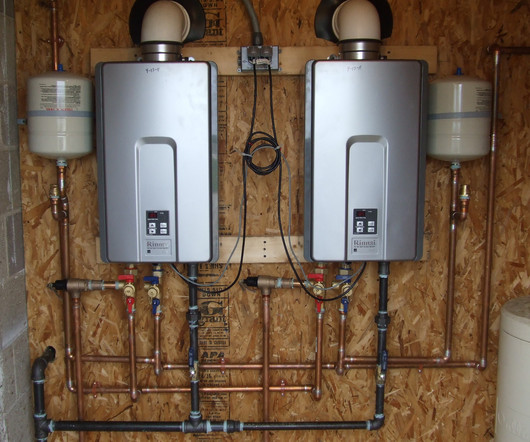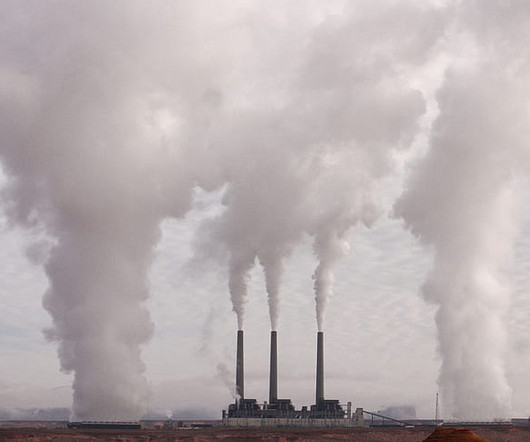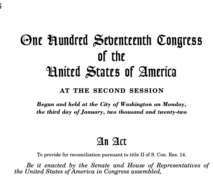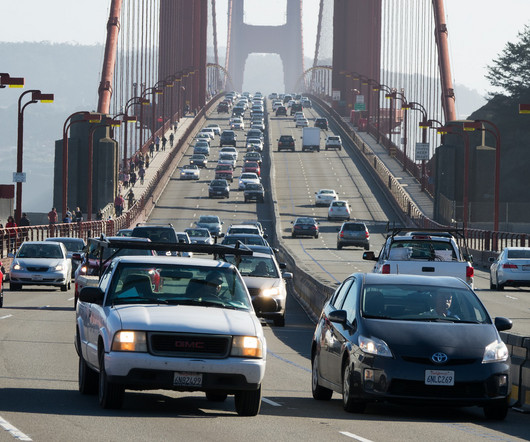EPA’s Power Plant Carbon Rules Are Critical—and Complex. Here’s What to Know, and What to Watch.
Union of Concerned Scientists
APRIL 20, 2023
The ongoing pollution from these power plants is an affront to public health and wildly incompatible with every climate ambition this country —and this world—has. Which means the consequences of these polluters unabashedly continuing to pollute aren’t just severe—they’re compounding. So what follows from that obligation?






















Let's personalize your content